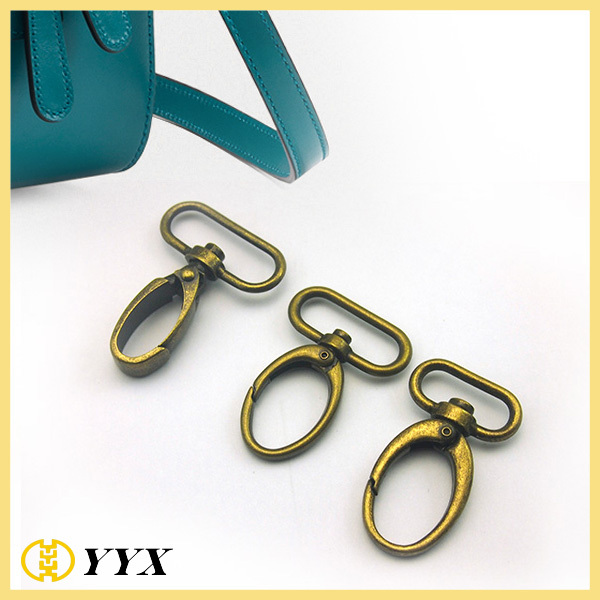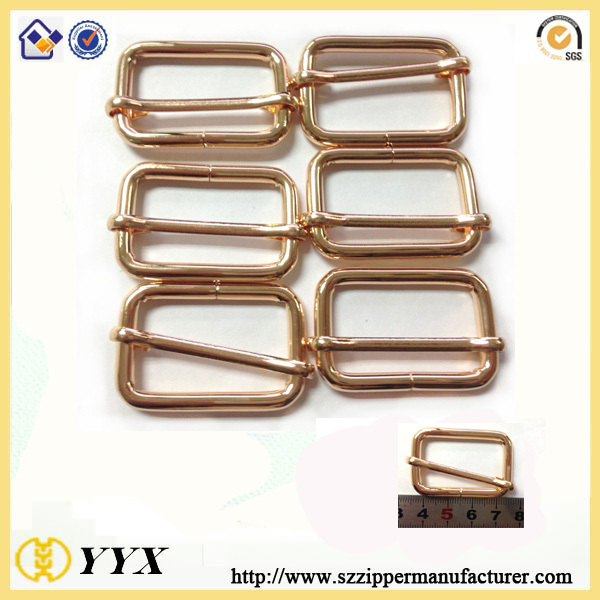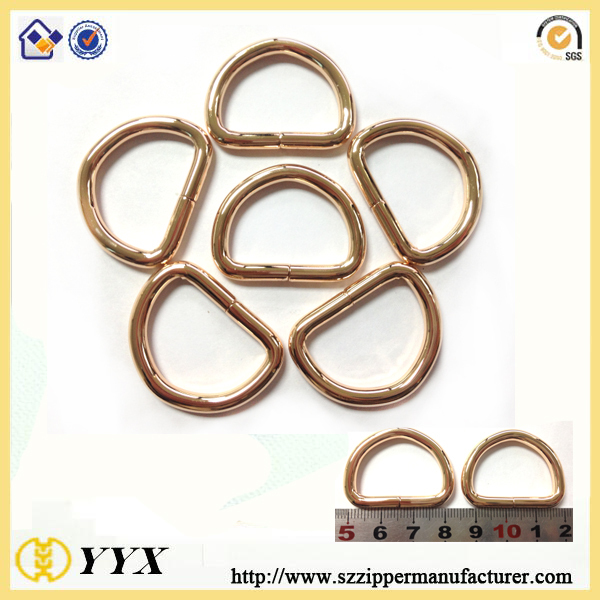(1) There are cotton fibers and hemp fibers in the plant fibers.
(2) Quantile wool fibers, velvet fibers and silk fibers in animal fibers.
(3) Mineral fibers are fibers extracted from minerals, such as asbestos fibers, which are commonly used in the manufacture of refractory asbestos nets.
Compared to natural fibers and chemical fibers, they have:
ï¬ Natural moisture absorption, good gas permeability, softness, good gloss, better heat resistance than chemical fiber, but poor strength and wrinkle resistance;
ï¬ Chemical fiber is not heat-resistant, hygroscopic, and breathable, but its strength and wrinkle resistance are good. Polyester fabric is not easy to wrinkle.
2. Overview of textiles (1) Definition: Textiles are made up of two systems of yarns perpendicular to each other on a textile machine, which are interwoven according to certain rules, that is, the latitude and longitude lines rise and fall according to a certain law, so that the weaving surface is formed. A certain texture and flower path, this kind of tissue is called fabric tissue.
(2) The concept of sand count: sand count: the length of 840 yards is called a yarn with a pound of yarn as the basic unit; if it is 30*840 yards, it is called 30 yarn. By analogy, the higher the yarn count, the finer the yarn. The advantage of high sand weave is that the yarn is fine and woven, and the hand feels comfortable and the softness is particularly good.
(3) Fabric Density: When the yarn is used for weaving, the fabric density of the fabric is expressed according to the number of yarns of the warp and weft yarns within one inch, and the fabrics woven by different count yarns generally have different tissue densities. For example, the cloth woven from 40 cotton yarns is generally C133*72, and the cloth woven from 60 yarns is generally C173*121. The density of the cloth woven from the same number of yarns can also be different. For example, cotton woven from 40 yarns can be woven with C133*90 or woven with C110*90.
(4) Types of fabrics ï¬ Cotton: natural fiber, no contact with the skin, no harm to the human body, good moisture absorption, breathability, good taking performance, but easy to wrinkle.
ï¬ Polyester-cotton blending: not easy to wrinkle, good finish, good tearing strength, but easy to pilling, easy to generate static electricity.
ï¬ Viscose fiber (synthetic cotton): excellent hygroscopicity, good ventilation, good drape, low cost, but high shrinkage, poor wet processing strength, and easy to wrinkle.
ï¬ Polyester: Poor moisture absorption, poor gas permeability, poor performance, hair raising ball, serious static electricity, good shape retention, high tear strength, abrasion resistance, good gloss and smooth surface.
(5) Construction of fabric structure and fabric 1 Fabric organization: refers to the warp and weft of the textile on the loom to each other in a certain law, so that the surface of the fabric forms a certain pattern and pattern.
2 The fabrics of common bedding fabrics are: plain weave, twill weave, satin weave, jacquard, jacquard.
3 At present, the middle and low grade bedding products are mainly made of plain weave fabrics. The middle and high grade bedding products are mainly twill fabric, satin fabric and jacquard fabric. The high-grade bedding products are mainly made of satin fabric and jacquard fabric.
3. Filling knowledge (1) Hollow fiber: The full name of the central control fiber is “three-dimensional spiral crimped polyester hollow fiberâ€. Literally we can have an intuitive understanding of hollow fibers. The so-called "three-dimensional" refers to the front, back, up and down, left and right directions. "Spiral curl" is only a spiral-like structure like a spring. Because of its structure, the middle is empty. According to the number of holes in the cross section, it can be divided into single holes, four holes, seven holes, and the like.
(2) Wool: Wool fiber is a kind of natural protein fiber with hollow hollow tube inside and scale structure on the surface.
Advantages: 1 Hygroscopicity: The moisture regain of fine wool can reach 15%-17%, and the maximum moisture absorption capacity of wool can reach more than 60% of its own weight.
2 Curl degree: The higher the degree of curling of the wool, the better the warmth.
3 wool is light in density.
(3) Silk: Silk is an animal protein fiber with a protein content of 97% and contains 18 kinds of amino acids required for human skin. Silk color is bright and white, soft and smooth, elastic, breathable, hygroscopic, and non-static. Silk can be divided into mulberry silk and tussah silk. Silkworm has longer silk quality than tussah silk, color is better, and color is white.
(4) Down: Down has four characteristics: light as a feather, no agglomeration, dampness and warmth, and soft as silk. The down is treated by 130 degrees high temperature sterilization, degreasing, waxing and other techniques. The amount of cashmere and bulkiness are two major indicators reflecting the warmth of down.
Buckles, Snaps, Slides, D-Rings, Loops, Fasteners, and other General Hardware are our main products. The bag metal buckles are made from zinc alloy or iron. Applications include Tents and Camping Equipment, Military, Bag, Animal Harnesses, Pet Leashes, Collars and Harnesses, Luggage, Straps and Fashion.
Professional, customized design and development services are welcome! Whether you are looking for a new part concept or you just need to reduce cost, our experienced engineering Team is ready to help with any project. Send us artwork in picture, PDF or AI format, and we will give you perfect product!



*Related Products:swivel metal hook,d ring,carabiner hook,adjuster buckle.
Metal Buckle,Metal Belt Buckles,Customized Buckles
Shenzhen Yiyixing Zipper Manufacture Co.,Ltd , https://www.yyxzip.com